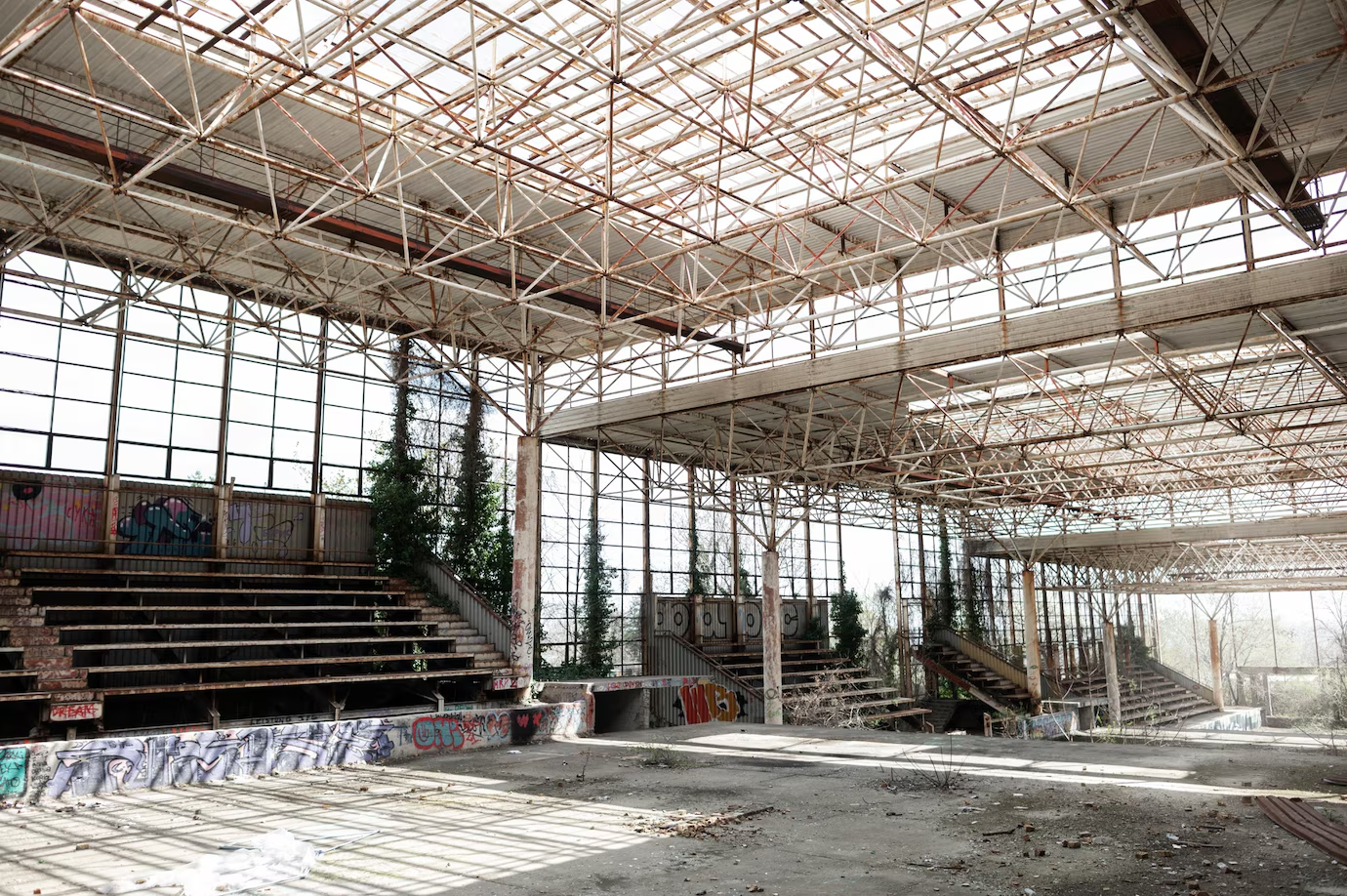

Industrial scaffolding plays a crucial role in construction and maintenance projects. It provides a safe and stable platform for workers to reach high places. Whether for building repairs, painting, or large-scale industrial work, scaffolding ensures efficiency and safety. In this article, we will explore the basics of industrial scaffolding, its benefits, types, and safety considerations
What is Industrial Scaffolding?
Industrial scaffolding is a temporary structure used to support workers and materials during construction or maintenance tasks. It consists of metal poles, platforms, and braces that create a secure working area at different heights. This system helps workers perform their jobs safely and efficiently.
Benefits of Industrial Scaffolding
1. Enhanced Safety
Scaffolding reduces the risk of falls and injuries. It provides a stable surface for workers to stand on while using tools and heavy materials. Safety railings and harnesses add extra protection.
2. Increased Efficiency
With scaffolding, workers can move easily across different levels of a building. This improves workflow and speeds up the project. It also allows multiple workers to operate simultaneously.
3. Better Access
Scaffolding provides access to hard-to-reach areas. It is essential for tasks like painting, welding, and repairs in tall structures. Without scaffolding, workers might need ladders, which are less stable and safe.
4. Heavy Load Support
Industrial scaffolding is designed to hold heavy materials and tools. This means workers can keep necessary equipment close by, reducing the need to go up and down frequently.
Types of Industrial Scaffolding
1. Supported Scaffolding
This is the most common type. It is built from the ground up and consists of poles, braces, and planks. It is ideal for construction projects that require stable platforms.
2. Suspended Scaffolding
This type hangs from the top of a building using ropes or chains. It is often used for window cleaning and painting on high-rise buildings.
3. Rolling Scaffolding
Rolling scaffolding has wheels, allowing workers to move it easily. It is useful for projects that require frequent repositioning, such as electrical or painting work.
4. Cantilever Scaffolding
Cantilever scaffolding is used when the ground does not support a standard scaffold. It extends from the side of a building, providing access to difficult areas.
Safety Considerations for Industrial Scaffolding
1. Proper Installation
Scaffolding should be assembled by trained professionals. It must be stable and secure before use. Loose parts or unstable structures can lead to accidents.
2. Use of Safety Gear
Workers should always wear safety harnesses, helmets, and non-slip footwear. Protective gear reduces the risk of injuries in case of falls or accidents.
3. Regular Inspections
Scaffolding should be checked daily for damages or weaknesses. Any broken or unstable parts should be fixed immediately.
4. Weight Limits
Each scaffold has a maximum weight limit. Exceeding this limit can cause it to collapse. Workers should be aware of the load capacity before placing materials on it.
5. Weather Conditions
Strong winds, heavy rain, or icy conditions can make scaffolding dangerous. Work should be paused during bad weather to prevent accidents.
Conclusion
Industrial scaffolding is essential for construction and maintenance work. It provides a safe, stable, and efficient platform for workers. There are different types of scaffolding, each suited for specific tasks. Safety should always be a priority when using scaffolding. Proper installation, regular inspections, and protective gear can help prevent accidents.
If you need insulation services in Alberta, we recommend G&R Insulating for professional solutions. Contact them today to learn more about their services.